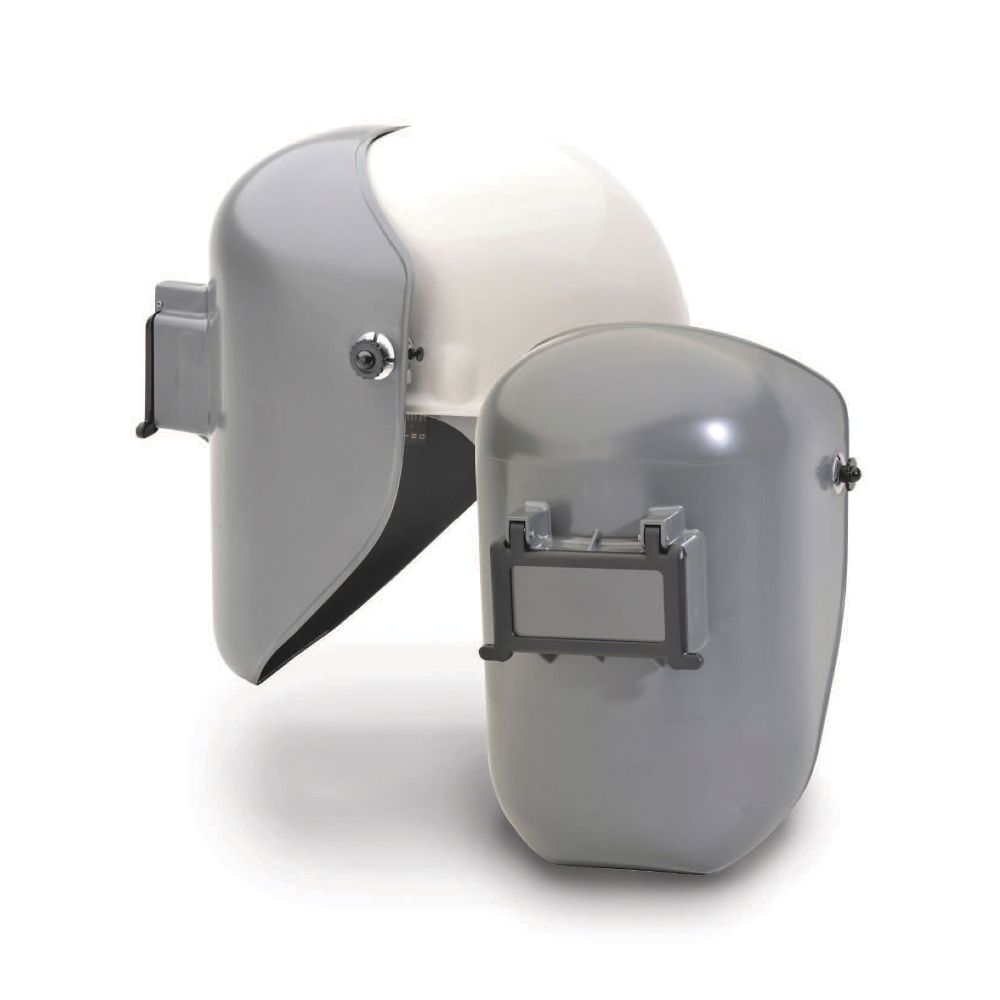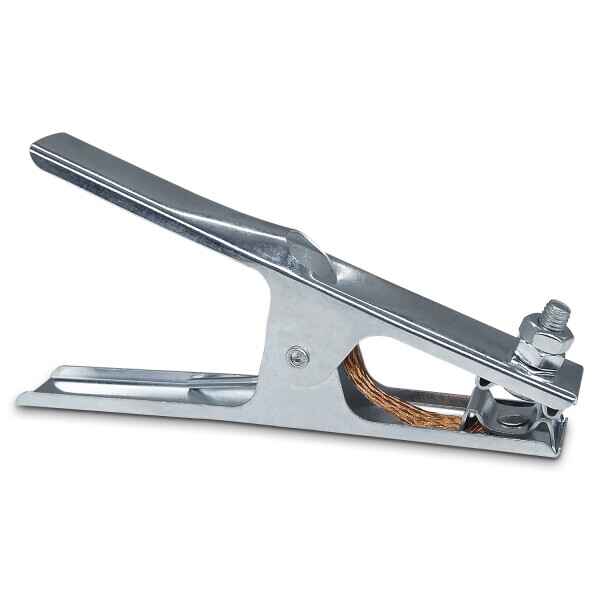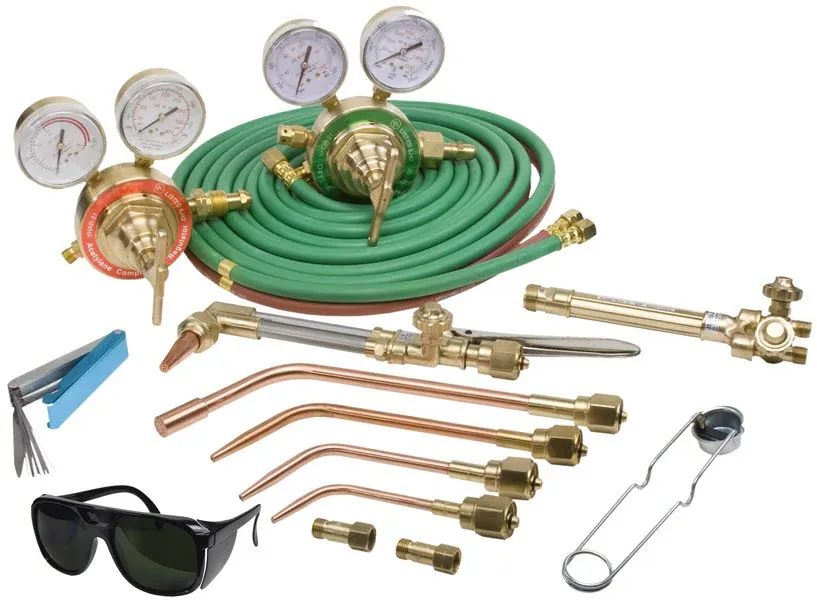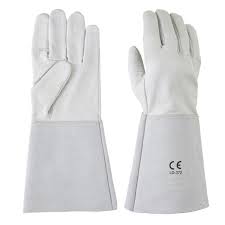MIG (Metal Inert Gas) wires are consumable electrodes used in MIG welding, a process that employs a continuous wire feed to create the weld. These wires are made from various metals, including mild steel, stainless steel, aluminum, and copper, and are chosen based on the material being welded and the required strength or finish. The wire is fed through a welding gun, where it is melted by an electric arc, forming the weld pool that fuses the base metals together.
MIG wires are coated with a layer of flux or deoxidizing agents to protect the weld from contamination and oxidation. The welding process is typically performed with an inert gas, such as argon, to shield the weld pool from atmospheric gases that may cause defects. MIG wires are commonly used for applications that require fast welding speeds, such as in heavy-duty manufacturing, automotive repair, and construction.







